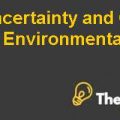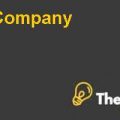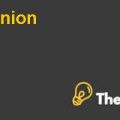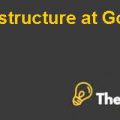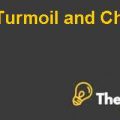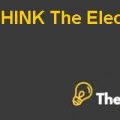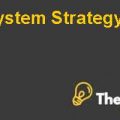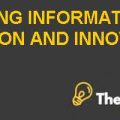Asymmetric of the information hypothesis
This hypothesis states that all the decisions in the transactions are different with respect to the information that one party has as compared to the other party. This asymmetry creates an imbalance regarding the power of the transactions in the market and this can cause the transactions to go into an awry and in the worst case scenario they can cause the market to fail. Some of the examples of this are information monopoly, moral hazard and adverse selection(Ledyard, 2008).
Pecking Order Theory
This theory postulates that the cost of the capital or the cost of financing increases with the level of asymmetric information. There are three sources of financing and these are the equity financing, debt financing and the internal funds retained by the companies. According to the Pecking Order Theory, companies prioritize their sources of finance and they first prefer the internal funds, then the debt financing and in the end they prefer the equity financing. First the internal funds that are retained by the management are used, when these funds are depleted then debt financing is used and finally, when the firm is not able to access the cheap debt financing then it issues equity and goes for equity financing(Myers, 1984).
This theory states that this hierarchy is maintained by all the firms where they first prefer the internal source of financing that is the retained earnings and if the external source of financing is required by the firms then they prefer debt over equity as debt is less expensive as compared to equity financing. According to this theory, equity is the less preferred method to raise additional financing. This theory was popularized by Myers and Majluf in 1984(Myers, 1984).
Corporate Finance Final Assignment Harvard Case Solution & Analysis
Signaling Theory
This theory is related to dividends and it states that when a firm announces a dividend increase then it is an indication that there are positive future growth prospects for the company. The rationale behind this theory is directly tied up with the game theory. All the managers that have a good investment opportunity are going to send positive signals and this theory is widely used by the proponents of inefficient markets. The other side of this theory states that firms send negative signals in the markets when the cut their dividends and this shows that the firm has poor growth prospects in the future years(Lee, 2001).
Agency Cost Theory
Agency theory is the theory that states that agent is a person that makes all the important decisions on behalf of the principle that is the other entity. All the costs that arise as a result of this relationship are called as the agency costs. All of these costs arise as a result of the conflict between the management and the shareholders of the company that can include the conflicts of interest and others. All the shareholders want their management to act in the best interests of the shareholders of the company and maximize the wealth of the shareholders however, this theory states that management might not act in the best interests of the shareholders and they might make decisions that increase their personal power or their own wealth which might not be in the best interests of the shareholders(Roumasset, 2005).
This is just a sample partial case solution. Please place the order on the website to order your own originally done case solution.

